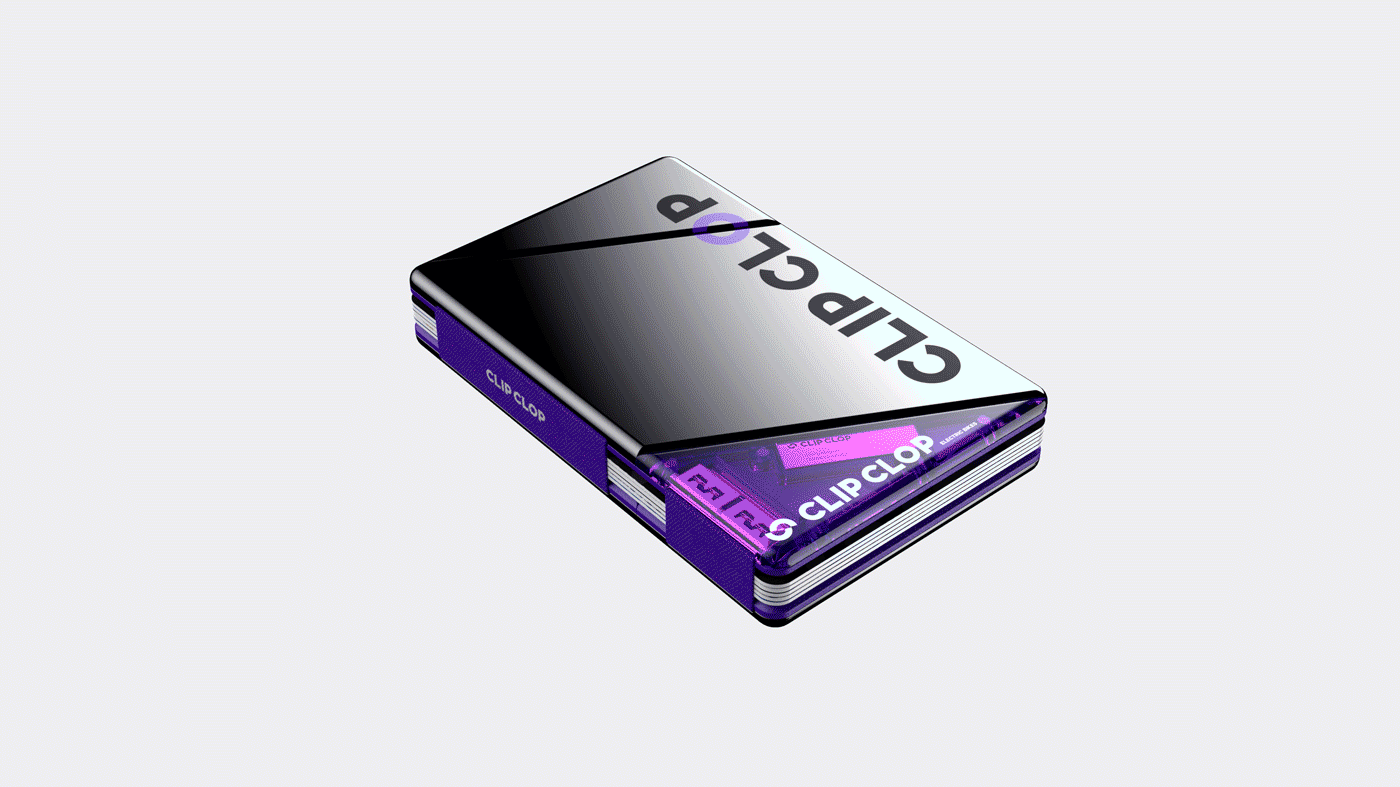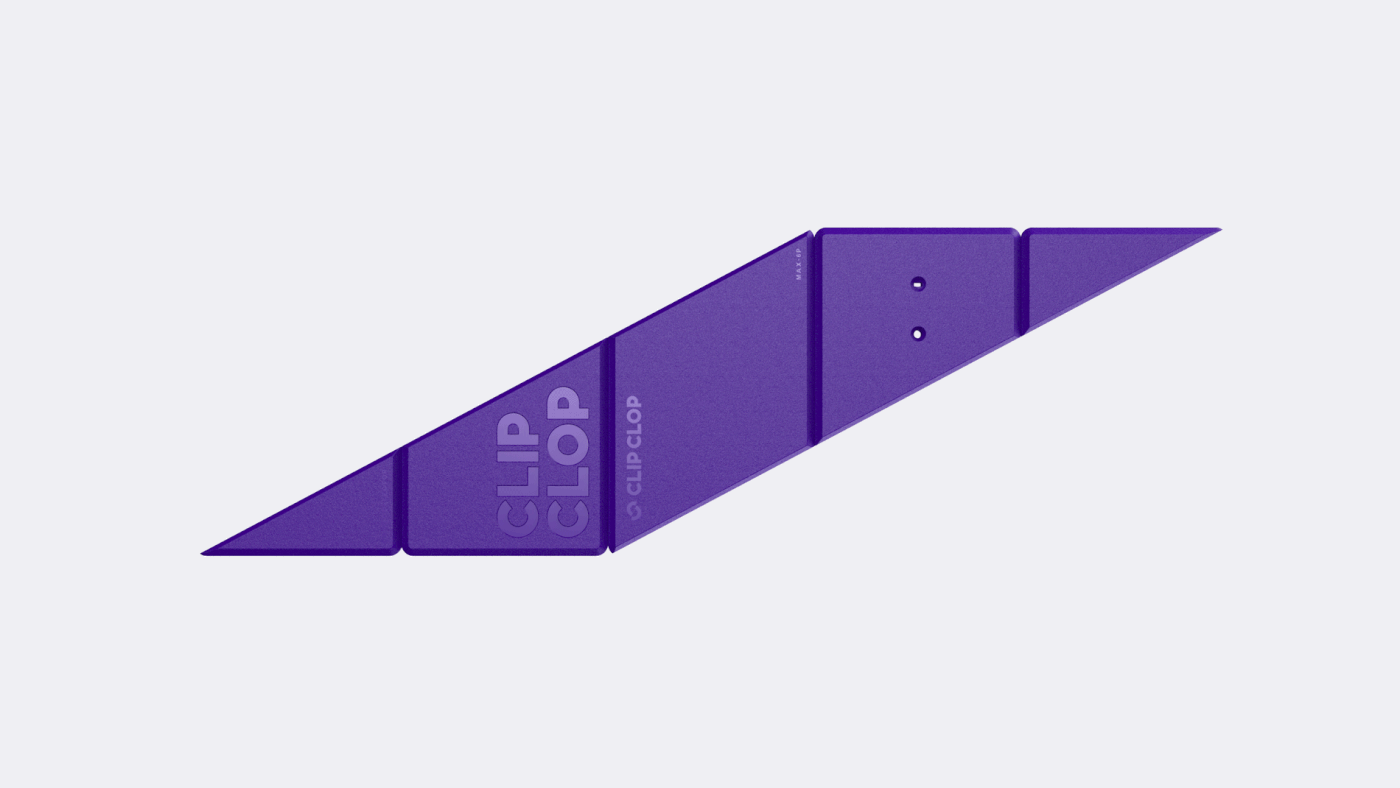
Those who are always on the go love the compact holding capacity of a cardholder to stash their important stuff. Carrying credit cards, valuable IDs and cash in one small EDC has loads of advantages. So, why not level up from an ordinary cardholder that’ll in a few months seem boring?
That’s why the Clip Clop EDC Clip piqued my interest. The accessory designed for Gen-Z users comes with the flexibility of toggling the look, feel and utility. The cardholder flat packs into different modules including magnetic fasteners and five different face plates to make switching styles as easy as displaying your daily fashion statement.
Designer: Rice Mak



The EDC accessory combines the strength of magnets, fasteners and clever design to make the switch from one style to another ultra-easy. This also facilitates the opening and closing mechanism to be quite an addictive affair. When the cardholder is open the elastic bands retract within the housing without compromising the sleek and compact design. Clip Clop EDC comes with a capacity to store up to 10 cards in one go but the designer suggests using only 6 cards to maintain the elasticity of the clips for a longer time. The cards within the holder can be arranged efficiently in optimal order and accessed both from the top and bottom.



Unlike conventional cardholders, this one has a cutout secured by magnetic elastic bands, so that you can retrieve any card without opening the complete housing. If you are one of those who like to keep cash in the cardholder as well, the clip-on can be screwed to the back of the accessory. Given the level of freedom this cardholder EDC brings, you can match it to your daily style and mood to complete the look. As per Rice, Instead of simply combining traditional EDC toy elements with a cardholder, we have cleverly optimized and innovated on the original functions of the cardholder, creating a user experience that is both convenient, practical, and filled with joy.”









The post This cleverly designed flat-pack cardholder EDC lets you switch style in a jiffy first appeared on Yanko Design.

























































































